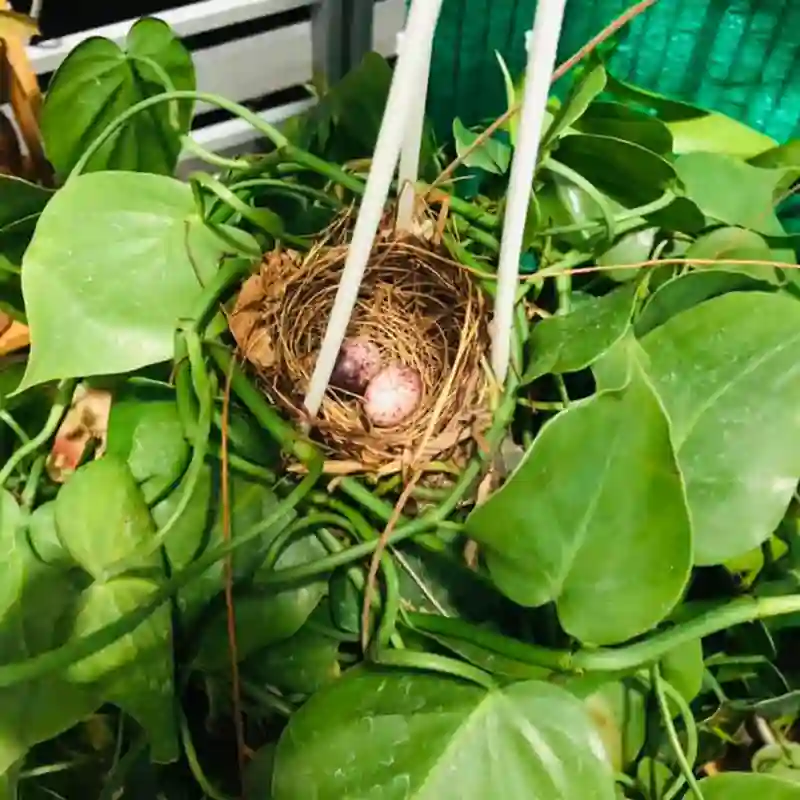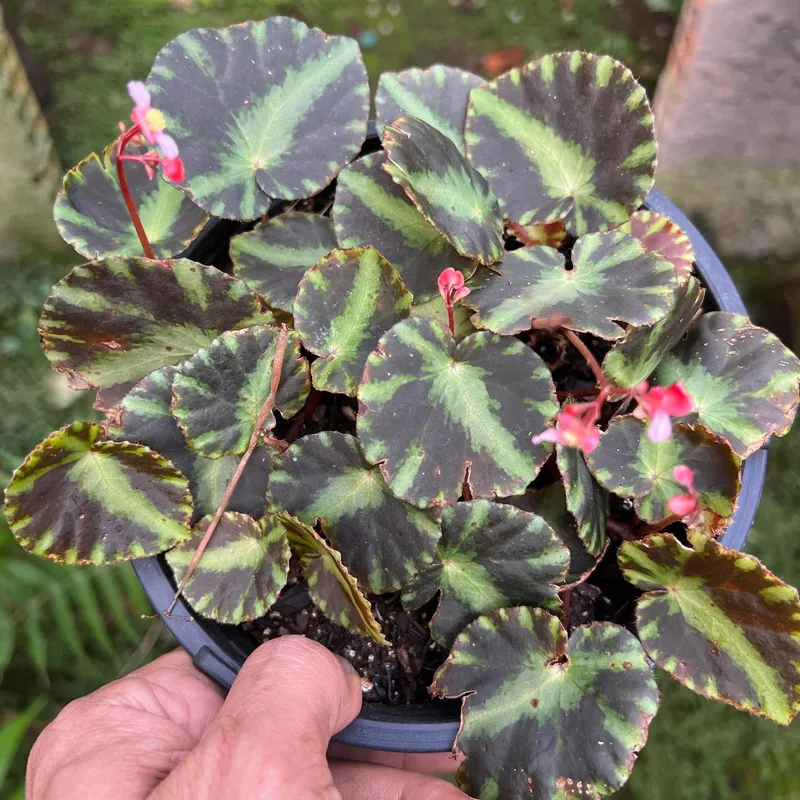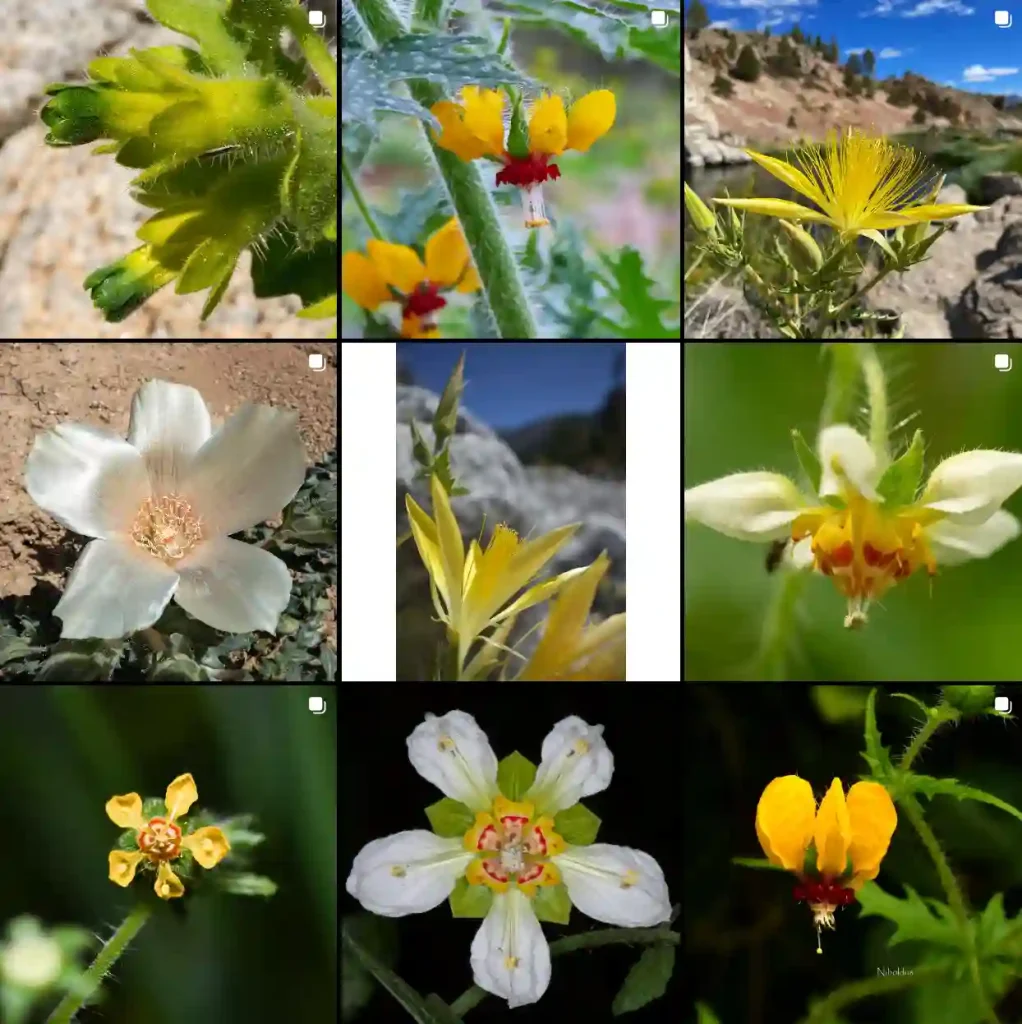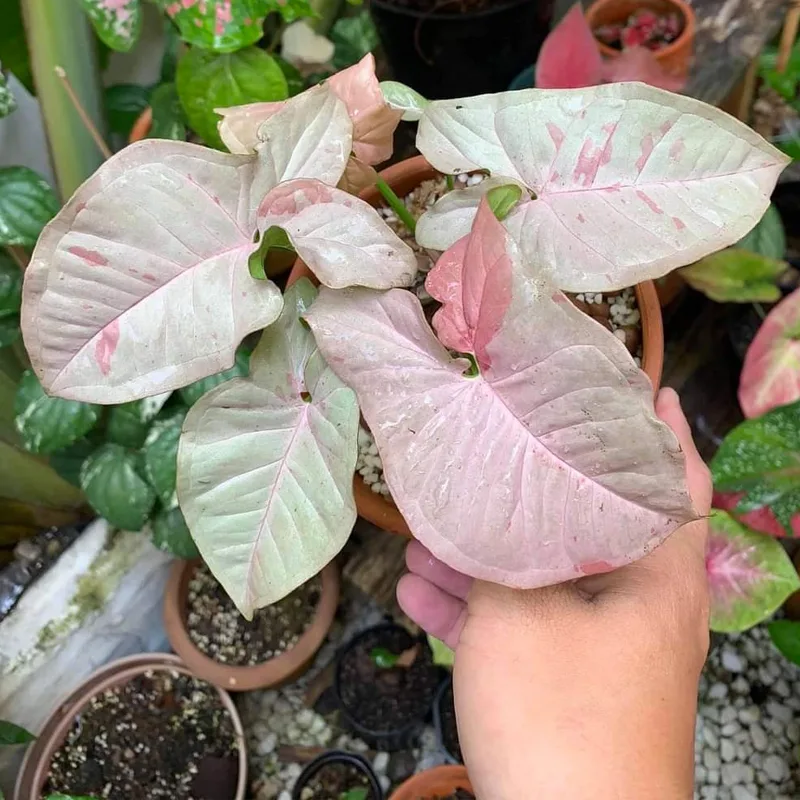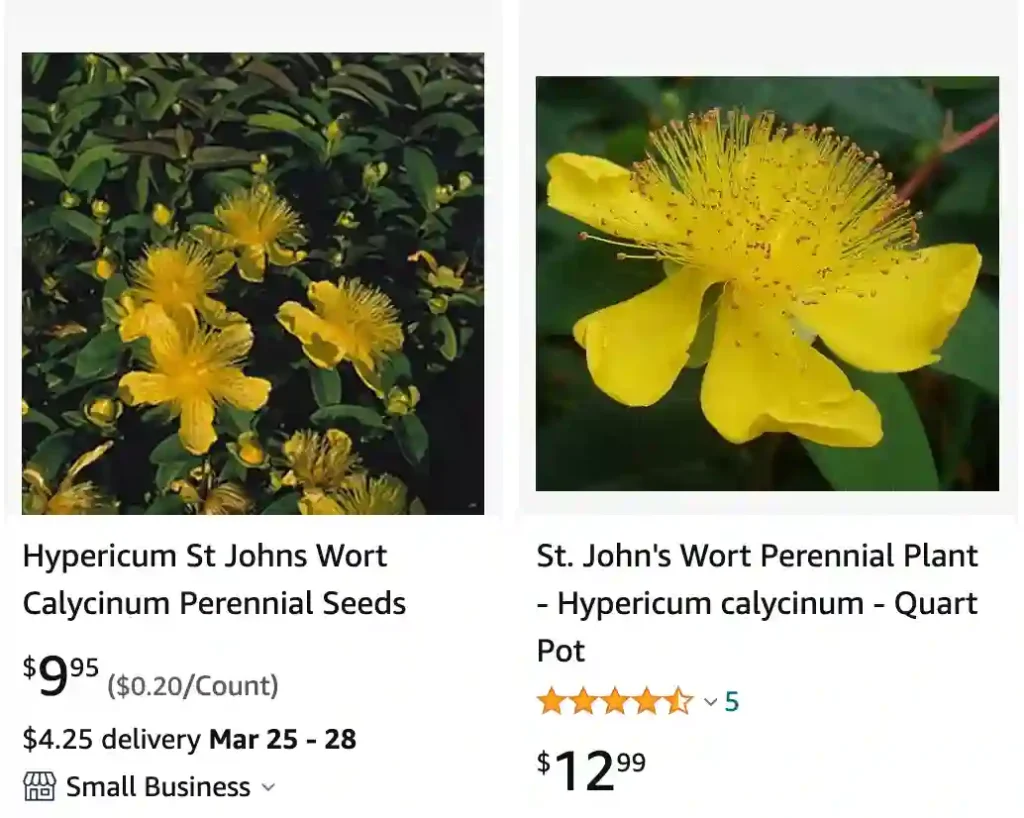
Hypericum Calycinum vs Hypericum Perforatum
I’ve grown Hypericum calycinum in my garden, and its sprawling habit and large, showy flowers have always impressed me. However, Hypericum perforatum has been more challenging for me to manage; while its bright yellow blooms are lovely, it tends to spread aggressively if not kept in check. The Hypericum calycinum seems to be a bit more forgiving and less invasive, making it a better choice for my space.
525 Species in Genus Hypericum
How to get rid of Hypericum calycinum?
When I wanted to get rid of Hypericum calycinum, I found that it’s quite a persistent plant. I had to dig up as much of the root system as possible, which was quite a bit of work since the roots spread out widely. After that, I kept an eye on the area for any new shoots and pulled them out immediately. In some spots, I applied a non-selective herbicide carefully, making sure not to harm nearby plants I wanted to keep. It took a few rounds of effort to completely clear it out.
Where to buy Hypericum calycinum?
Buying Hypericum calycinum was pretty straightforward for me. I checked out a couple of local nurseries, and they had it in stock. If I had any trouble finding it locally, I knew I could always turn to online garden centers. They often have a wider selection, and it’s convenient to have it shipped directly to my door. Prices were reasonable, and I liked being able to see the plants in person before buying them when I shopped locally.
How to care for Hypericum calycinum?
Caring for Hypericum calycinum in my garden has been pretty easy. It’s a tough, low-maintenance plant that doesn’t need much attention once it’s established. I made sure it was planted in well-drained soil and gave it some extra water during particularly dry spells. Other than that, it thrived on neglect. Occasionally, I’d add a bit of mulch around the base to help retain moisture and keep the weeds down, but that’s about it.
How to propagate Hypericum calycinum?
When I wanted to propagate my Hypericum calycinum, I found that it’s pretty simple to do. I took some stem cuttings in the spring or early summer, about 4-6 inches long, and removed the lower leaves. I dipped the cut ends in rooting hormone and planted them in a mix of potting soil and perlite. I kept them moist and in a shaded area until they developed roots. After a few weeks, they were ready to be transplanted into the garden.
How to prune Hypericum calycinum?
Pruning Hypericum calycinum has been essential to keep it looking tidy and to encourage new growth. I usually prune it back in late winter or early spring before new growth starts. I cut it down to about 6 inches from the ground. This rejuvenates the plant and keeps it from becoming too leggy. Throughout the growing season, I might do a little light trimming to shape it and remove any dead or damaged stems.
Is Hypericum calycinum deer resistant?
I’ve noticed that Hypericum calycinum is pretty deer resistant. In my garden, the deer tend to leave it alone, which is a relief since they munch on so many other plants. It’s not foolproof, but it’s definitely not their first choice. This makes it a great option for areas where deer are a problem.
Is Hypericum calycinum poisonous?
From what I’ve read and experienced, Hypericum calycinum is considered mildly toxic. I make sure to wear gloves when handling it extensively, like during pruning or when I’m removing it. It’s not something I worry too much about, but I do keep an eye on pets and kids to make sure they don’t ingest any part of the plant.
When to prune Hypericum calycinum?
I usually prune my Hypericum calycinum in late winter or early spring. This timing works well because it’s before the new growth starts, so the plant can quickly recover and fill out nicely once the growing season begins. Pruning at this time helps keep the plant vigorous and looking its best throughout the year.
Where is Hypericum calycinum native?
Hypericum calycinum is native to southeastern Europe and southwestern Asia. Knowing its origin has helped me understand its growing preferences better. It thrives in a variety of conditions, which is probably why it’s so hardy and adaptable in my garden.
If i die, water my plants!
